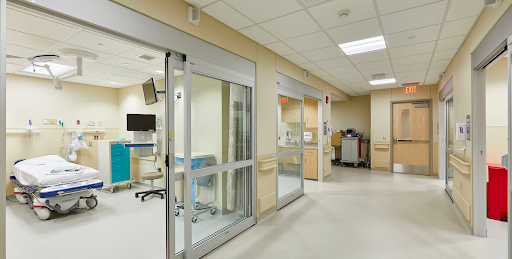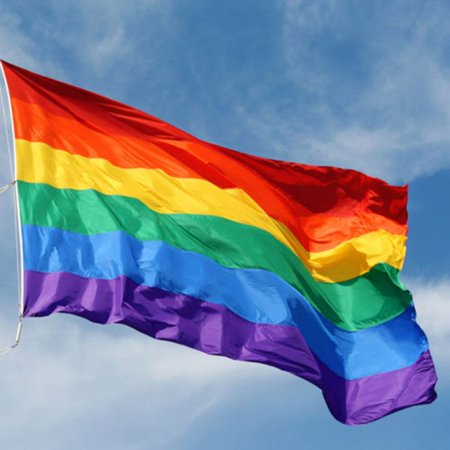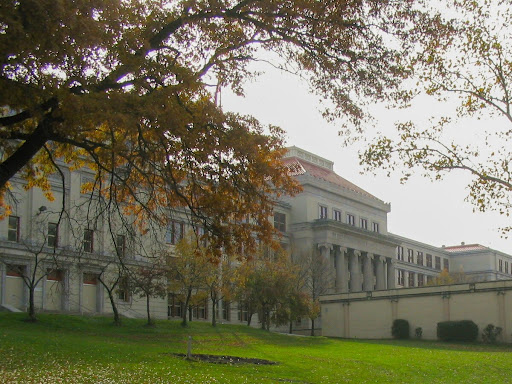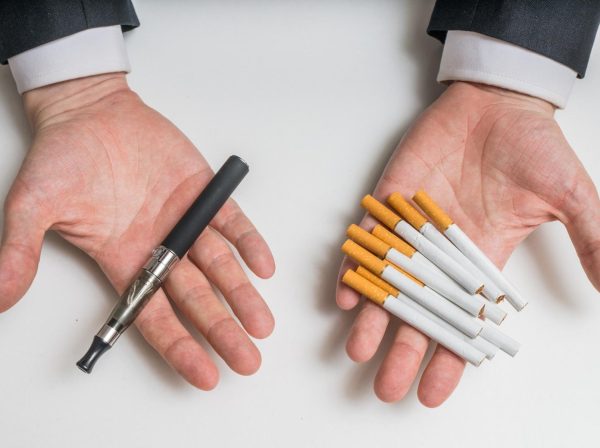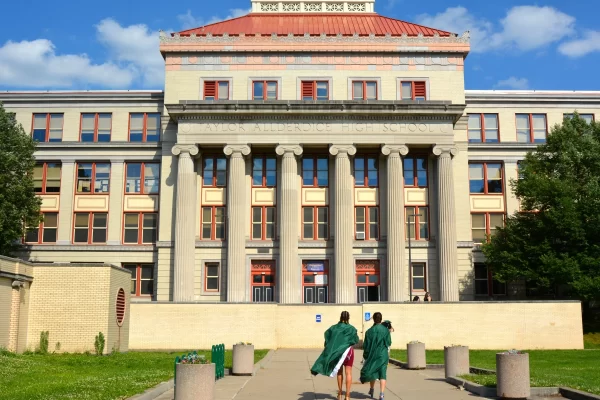Health ‘Doesn’t Do the Gays Justice’
In many ways, the students of Taylor Allderdice are fortunate to have the Sex Education that we get. Especially when compared to other parts of the United States that teach abstinence-only Sex Ed and the many states who don’t require schools to teach medically accurate information. But that doesn’t mean it is without problems. For example, the Health class once invented speakers from the Women’s Choice Network, a crisis pregnancy center that misleads women about abortions.
Problems like these are magnified when it’s about groups that aren’t typically addressed in sexual education. The exclusion of members of the LGBTQ+ community from the Sex Ed we receive at our school is dangerous for these students because it can lead to riskier sexual behavior and perpetuates treatment of them as “the other.”
It is well known that a lack of proper Sex Ed or abstinence-only education is correlated with an increase of sexually transmitted diseases and unwanted pregnancies in a region. This is why Allderdice tends to steer away from abstinence-only education and rather attempts to teach a relatively inclusive Sex Ed program. However, our sex ed seems to lack a queer-inclusive Sex Education, and the repercussions that effect straight kids when there is a lack of good sexual education similarly effect LGBT kids.
There are very high rates of STDs in the queer community, specifically among gay men, or MSM (men who have sex with men). MSMs, according to stdcheck.com, “account for more than half of all new cases of HIV each year, due in part to an inflated chance of having sexual relations with an HIV-positive partner.” Gay and bisexual men also make up about 75% of syphilis cases in the United States.
It isn’t just gay men either. The common misconception that lesbian women, or WSW (women who have sex with women), aren’t at risk of contracting sexually transmitted diseases is also dangerous. While it is true that lesbians tend to have lower rates of STD then most sexual groups, that doesn’t mean that they have no risk. Bisexual women are three times more likely to contract STDs then WSW, and Chlamydia is a serious problem among lesbian women. It’s undeniable that these high rates of STDs in the queer community are at least somewhat related to the lack of LGBT inclusive sex ed in most schools across America.
These real-world consequences of heterosexual-focused Sex Education are clear, but many people may wonder why we would have to include more than we already do. After all, discussions of LGBT people are already required in the school’s health curriculum. While this is true, any queer student at Allderdice could tell you that the segments of the curriculum that focus on same-sex and/or non-straight relationships are at best, good-intentioned but ignorant. Health teachers often teach about the existence of LGBT people and, while this is a step in the right direction, more needs to be done for the queer community of students in Health class.
It’s necessary to discuss LGBT relationships (sexual and romantic) at a rate that is similar to the teaching of heterosexual relationships. This ensures that LGBT students aren’t getting misinformation from the media or other kids but rather actual helpful information from reliable sources.
The discussions of sexual orientation and gender identity must be expanded. While it’s unlikely that students will be able to learn in detail the spectrum of identities, it’s important to give each student a somewhat-comprehensive understanding of the concepts of sexual orientation, gender identity, and gender expression. Transgender-inclusive education must also be at the top of requirements, as it is pressing to provide positive education about trans-issues in an age of prevalent misinformation.
Most importantly, LGBT education shouldn’t be contained to a couple of days, but rather continuously taught throughout the curriculum similarly to the way heterosexual and cisgender issues are. By including these practices in our health classes, Allderdice can become a safer and more welcoming place for its queer population.





